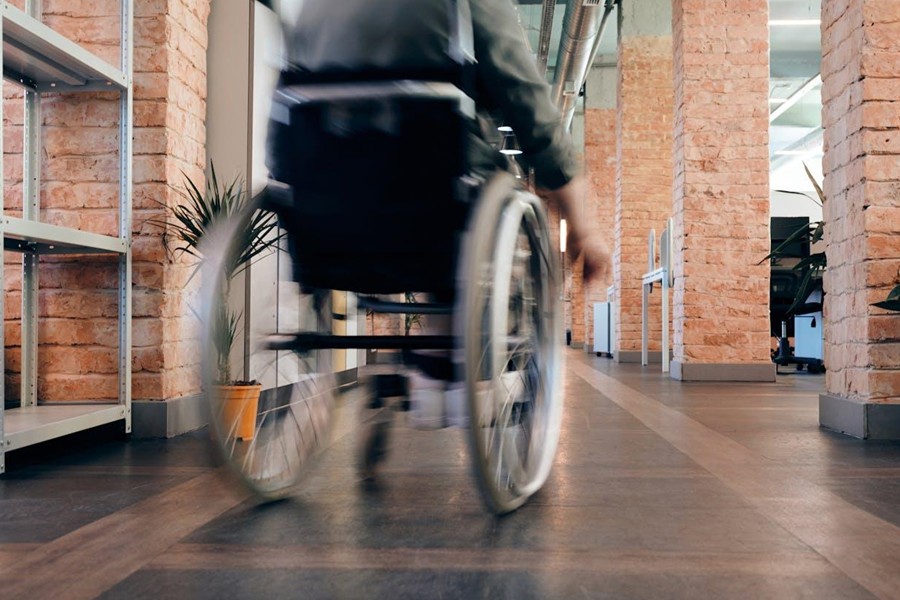 Statement of Paul Steely White, Transportation Alternatives:
Statement of Paul Steely White, Transportation Alternatives:
“New Yorker’s adoption of bicycling as transportation is growing at an unprecedented rate — much faster than population growth, with close to half a million New Yorkers getting on a bike every day –– according to Safer Cycling: Bicycle Ridership and Safety in New York City, a new report published jointly by the New York Police Department, Department of Health and Mental Hygiene, and the Department of Transportation. This is welcome news, and a herald call to accelerate the development of new protected lanes where New Yorkers can ride their bikes.
The City of New York must match cycling’s growth by fast-tracking the installation of Class 1 protected bike lanes and protected intersections. Today, Department of Transportation procedure allows community consultation to hamstring the safety of cycling New Yorkers. Protected bike lane projects, which reduced speeding and crash rates for all road users, must continue unimpeded from trifling objections; loss of parking is infinitely less important than protecting against the loss of life. Safer Cycling: Bicycle Ridership and Safety in New York City finds that interventions like protected bike lanes directly prevent the death and serious injury of New Yorkers while they ride bikes. In the Vision Zero era, the City is beholden to the safety of New Yorkers, and has a mandate to act on this finding with urgency.
The release of Safer Cycling: Bicycle Ridership and Safety in New York City is part of a decade long effort that began in July 2005, when, after a spate of cyclist fatalities, Transportation Alternatives convened a coalition of 19 transportation, civic, and public health organizations to publish a six-point plan for transforming New York into a cycling city. TransAlt’s New York City Bicycle Safety Action Plan demanded the City of New York track and study the deaths and injuries of cyclists. As a direct response to that demand, in 2006, the City published Bicyclist Fatalities and Serious Injuries 1996-2005, which concluded that New York City cyclists were being killed in wholly preventable crashes, and that bike lanes, which were then few and far between, showed evidence of protecting those cyclists. The City’s new release — Safer Cycling: Bicycle Ridership and Safety in New York City — is the second installment in that series.
Notable among the findings in Safer Cycling: Bicycle Ridership and Safety in New York City is this trend: cycling infrastructure directly prevents death and injury. One year after the launch of Citi Bike, 17% fewer cyclists were killed and injured in the Citi Bike area; for every 100 million bicycle trips taken between 2011 and 2015, there were 71% fewer cyclists killed than between 1996 and 2000, before the introduction of protected bike lanes; and in the last decade, 89% of cyclist fatalities occurred on streets with no bicycle infrastructure.
Clearly, the City’s effort to install protected bike lanes has been wildly effective. However, another trend in Safer Cycling: Bicycle Ridership and Safety in New York City is also evident: major blind spots and gaps in infrastructure remain a real and present danger. Ten community board districts in New York City, representing only 14% of the city’s bike lane network, are home to 23% of all cyclist fatalities and serious injuries; and citywide, intersections are the area of the street most dangerous to cyclists, contributing to 65% of cyclist fatalities and 89% of serious injuries.
A forthcoming report from Transportation Alternatives, to be released this fall, details the steps needed to make New York City truly world-class for bike infrastructure. In conversation with thousands of New Yorkers, TransAlt researchers found that 80% of those surveyed who would like to ride a bike, but have not yet done so, are put off by the danger posed by motor vehicles. The majority of these future cyclists say the most important thing the City could do to encourage them to ride a bike would be to build more protected bike lanes.
In light of these findings, Mayor Bill de Blasio must revise his target of a minimum of 10 miles of protected bike lanes each year. In the era of Vision Zero, with cycling growing faster than the population, 10 protected miles a year is far too few.
Transportation Alternatives encourages Mayor de Blasio to expand and fast-track cycling infrastructure to meet the needs of the growing cyclist population: increase the annual miles of protected bike lanes built to 50; prioritize protected bike lanes on the over 400 miles of Vision Zero Priority Corridors without them; ensure that all 75 miles of bicycle facilities planned for Priority Bicycle Districts be protected bike lanes; expand Citi Bike to all five boroughs, guaranteeing that “safety in numbers” protection extends to all New Yorkers; and see that all New Yorkers live within one-third of a mile of a protected bicycle lane by 2022.
New Yorkers, now more than ever, want to ride bikes, and New York City has the potential to be the greatest cyclist city in the world. Transportation Alternatives hopes that Mayor de Blasio is the leader who ushers in a new age in alternative transportation. The first step is giving more New Yorkers more places to ride.”
Related articles
- Mayor de Blasio Announces His Cultural Plan For All New Yorkers, CreateNYC – Harlem World Magazine (harlemworldmag.com)
- Harlem Building Covered In Scaffolding For 17 Years? – Harlem World Magazine (harlemworldmag.com)
- Public Hearing Held On Designation Of Cathedral Church Of St. John The Divine (harlemworldmag.com)
Become a Harlem Insider!
By submitting this form, you are consenting to receive marketing emails from: Harlem World Magazine, 2521 1/2 west 42nd street, Los Angeles, CA, 90008, https://www.harlemworldmagazine.com. You can revoke your consent to receive emails at any time by using the SafeUnsubscribe® link, found at the bottom of every email. Emails are serviced by Constant Contact








